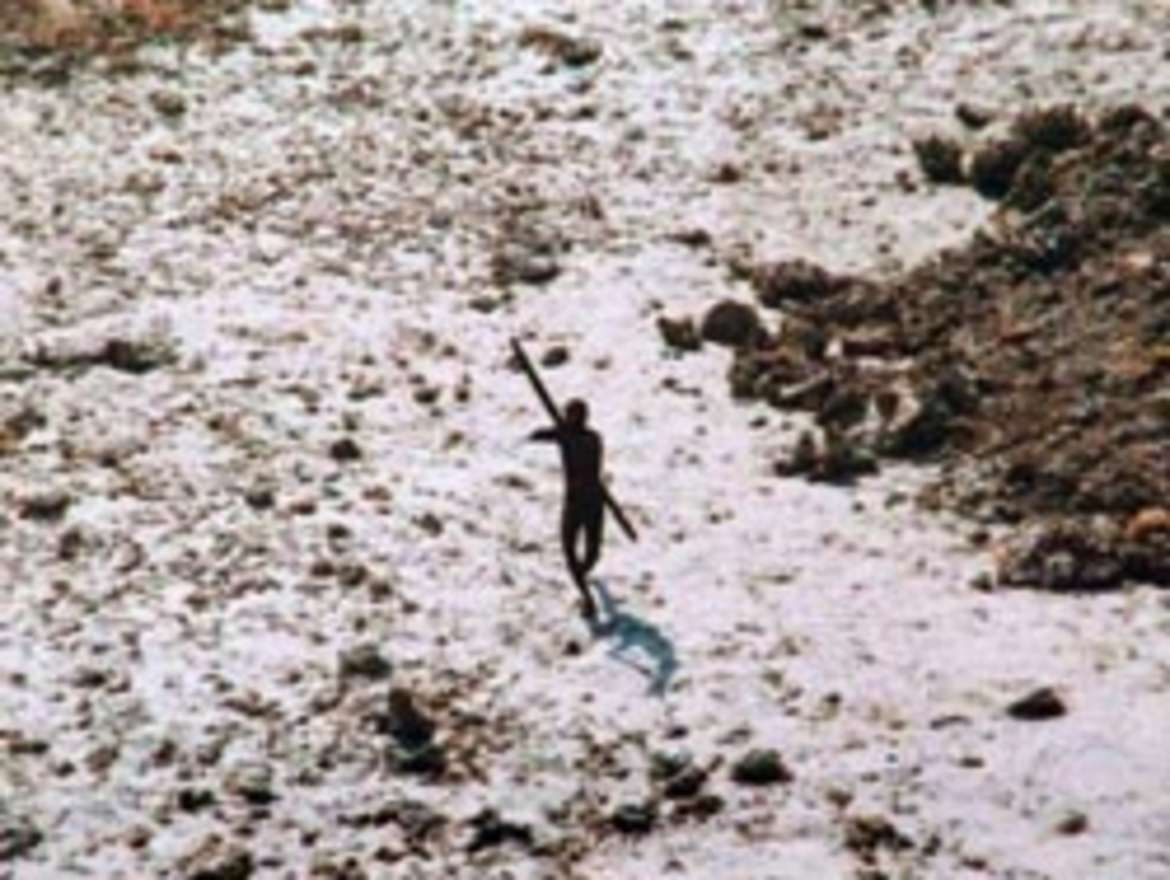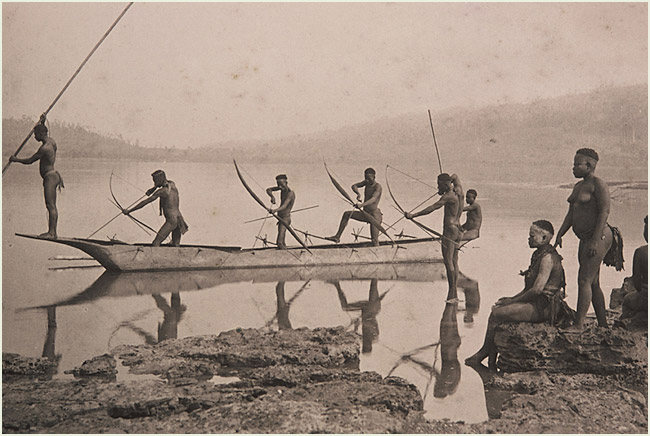North Sentinel Island & the Mysterious Sentinelese Tribe

North Sentinel Island is home to one of the last uncontacted, and most isolated tribes in the world: The Sentinelese Tribe.
Their chosen way of life has people all over the world intrigued, but their resistance to outsiders leaves many questions unanswered.
Here’s what we’ve managed to piece together about this mysterious group.
Where are they?
The North Sentinelese Tribe live on North Sentinel Island, one of the Andaman Islands in the Bay of Bengal. It’s a part of India’s union territory.
The remote island covers approximately 23 square miles.
How big is the tribe?
Given their isolation, the exact population of the Sentinelese tribe is unknown. However, based on distant observation and a handful of encounters over the years, studies suggest that there could be anywhere between 50 to 150 individuals in the tribe, with 80 being the most reported estimate.
The Indian government has a non-interference policy regarding the Sentinelese tribe which prevents anyone from getting too close. As a result, demographic data is limited.
Concerns may arise about genetic diversity, given their small population and extreme isolation. It’s important to note that in many isolated tribes, genetic options are limited. This can potentially lead to genetic disorders. However, without detailed studies, it’s difficult to determine any health implications within these tribes.
How long have they been there?
It is believed that the Sentinelese tribe have lived on the island for up to 60,000 years. This makes them direct descendants of the first human populations to come from Africa.
They’ve managed to survive this long maintaining a hunter-gatherer lifestyle, and resisting all attempts at colonization.
Why can’t we contact them?
Like all isolated tribes, the Sentinelese have kept hidden from the rest of the world for centuries. This means they haven’t been exposed to too many diseases and illnesses.
Because of this, their immune system is different making them highly susceptible to infections from the outside world.
In addition, past attempts to contact the Sentinelese have been met with extreme hostility. The tribe is known to react with aggression, often resorting to throwing stones or firing arrows to any outsiders who come too close.
Any past government efforts to establish relations ended in the 1990s after continuous failed encounters.
What happens if we get too close?
While many of the encounters with the tribe ended without major incidents, there have been a few where people were not as lucky.
In 2006, two fishermen accidentally drifted too close to the island. They were met by the tribe and sadly, they lost their lives.
In 2018, John Allen Chau, an American missionary, purposely ventured to the island in an attempt to convert the tribe but he lost his life in the process.
Have there been any successful attempts?
Although we have not been able to get close to them, we have made some progress. On some occasions, outsiders got close enough to the island to drop off gifts, hoping to build trust.
Items such as: coconuts, metal tools, brightly colored buckets, and cloth materials were delivered. The coconuts were particularly well-received by the tribe as they don’t naturally grow on North Sentinel Island.
How do they feel about us?
It’s hard to say how they feel about us. In some cases the tribe came out of hiding to retrieve the gifts left by the outsiders, but in other cases the gifts were met with violence.
During one encounter, the outsiders left a live pig and a toy doll. The tribe reacted aggressively and both the pig and the doll were buried.
There have been rare occasions when the Sentinelese have showed curiosity by getting closer to the boats without showing any hostility, but the moments were brief.
What language do they speak?
 Anthropological Survey of India, Forbes Associated Press
Anthropological Survey of India, Forbes Associated Press
The Sentinelese language is unknown. It’s unrelated to any other language spoken in the Andaman Islands.
Given the distance and isolation, anything we know about the tribe has been from distant observation or inferred from other Andamanese tribes.
What do they eat?
The Sentinelese eat whatever is available to them on and around their island. They relying on hunting and fishing, and gathering vegetation.
The island is surrounded by shallow water, making fish easily accessible to them, and the island is covered with dense forests full of various fruits, seeds, and honey.
What do they wear?
The tribe does not have access to modern clothing. They use natural materials found on the island, such as leaves and fiber strings to make coverings and accessories.
They have been seen with headbands made from vines and necklaces made from shells.
Many of the tribe members go unclothed. Their tropical climate allows them to have little need for protection from the elements. So, instead, they use the materials to make decorative pieces that have cultural meaning.
How do they live?
The Sentinelese live in small huts made from natural materials found on the island. Their tools are typically made from bones and stones.
Not much is known about their social structure, but it appears that they live together in small family groups.
What about natural disasters?
In December of 2004, a massive tsunami hit the Indian Ocean, affecting many countries, including North Sentinel Island.
After the tsunami, the Indian government sent a group over to the island to investigate the damage and check on the tribe.
Remarkably, the Sentinelese appeared to have been okay. The tribe was back to their usual defense, firing arrows at the helicopter that flew over the island. This meant that not only were they alive, but they were still defending their isolation.
Current Approach
Currently, the Indian government has accepted the Sentinelese’s choice to remain isolated. It’s now illegal to approach North Sentinel Island closer than three nautical miles. This is to protect both the tribe and outsiders from transmission of illness, and to respect their way of life.
The Sentinelese Tribe is one of the last ancient human societies left untouched by modern civilization. Protection of their way of life is imperative.
Although we remain curious, it’s crucial to respect their desire for isolation and preserve their unique traditions.



















